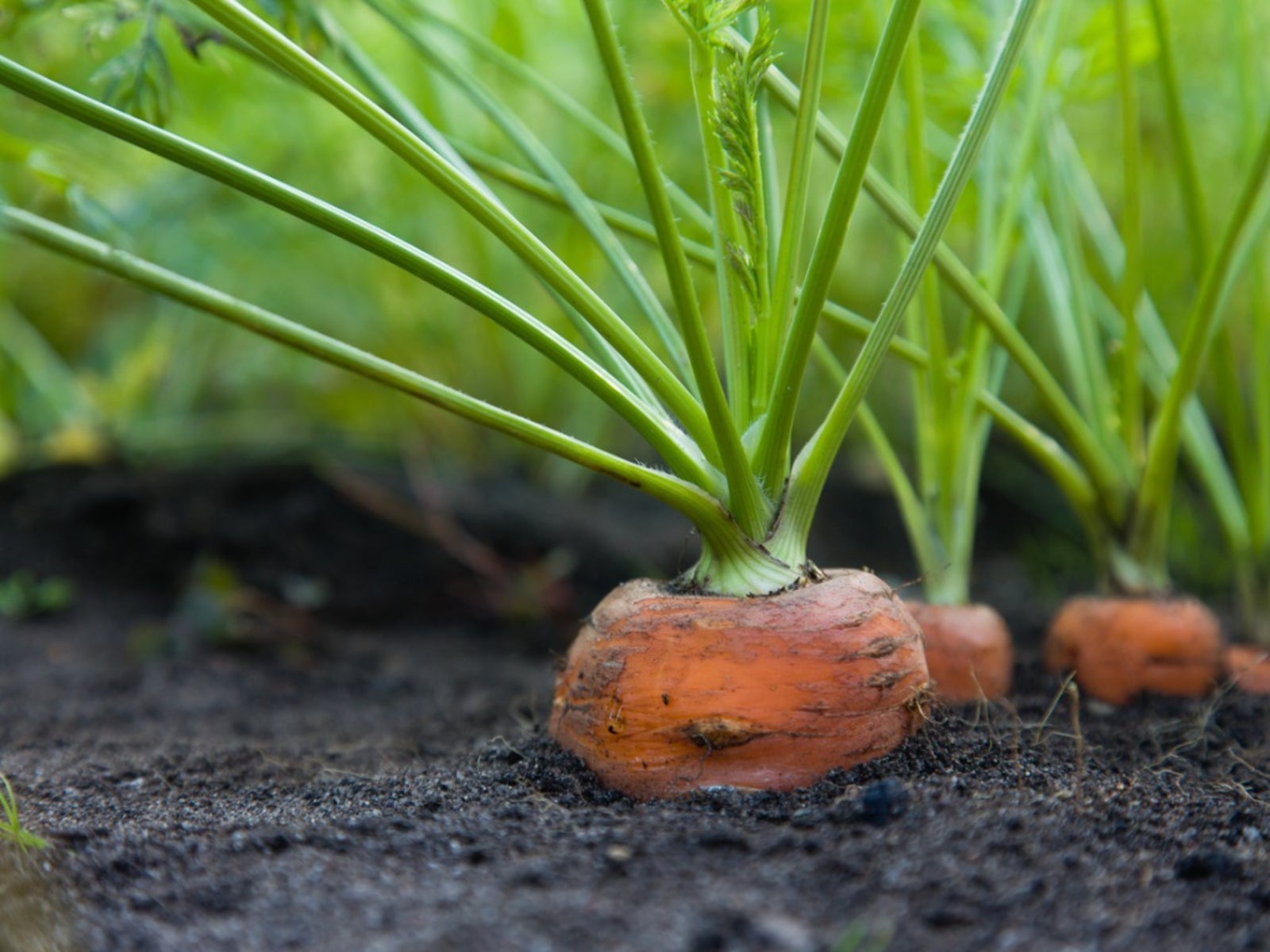Powdery Mildew Of Carrot Crops: What To Do For Powdery Mildew On Carrots

An unsightly, but manageable, disease of carrots is called carrot powdery mildew. Learn how to identify powdery mildew symptoms and how to manage powdery mildew of carrot plants.
About Powdery Mildew of Carrot
Powdery mildew is a fungal disease that is favored by dry weather with high humidity and temperatures during morning and evening hours with temperatures between 55 and 90 degrees F. (13-32 C.). The pathogen also infects related plants such as celery, chervil, dill, parsley, and parsnip of the family Apiacae. While studies have shown that 86 cultivated and weedy plants are susceptible, a particular pathogen strain is not able to infect all host plants. The pathogen affecting carrots is called Erysiphe heraclei.
Powdery Mildew Symptoms on Carrots
Carrot powdery mildew presents itself as a white, powdery growth appearing on older leaves and leaf petioles. Symptoms usually appear when leaves are mature, although young leaves may be afflicted as well. The typical onset starts about seven weeks after seeding. On new leaves, small, circular, white powdery spots appear. These slowly enlarge and eventually cover the young leaf. Sometimes a slight yellowing or chlorosis accompanies the infection. Even when heavily infected, leaves often survive.
How to Manage Powdery Mildew of Carrot
This fungus survives on overwintered carrots and Apiacae related weed hosts. The spores are spread by the wind and can spread a great distance. Plants are most susceptible when grown in shady areas or when drought stressed. The best method for control is, of course, to avoid conditions that foster contamination. Use resistant cultivars and practice crop rotation. Avoid drought stress by adequately irrigating overhead. Avoid using excessive nitrogen fertilizer. Manage the disease with fungicide applications made at 10 to 14 day intervals according to the manufacturer’s instructions.
Gardening tips, videos, info and more delivered right to your inbox!
Sign up for the Gardening Know How newsletter today and receive a free copy of our e-book "How to Grow Delicious Tomatoes".

Amy Grant has been gardening for 30 years and writing for 15. A professional chef and caterer, Amy's area of expertise is culinary gardening.
-
 Looking For Plants To Give You The Soft And Fuzzies? Try These 5 Fuzzy Leaf Plant Options
Looking For Plants To Give You The Soft And Fuzzies? Try These 5 Fuzzy Leaf Plant OptionsLovers of texture, drama, silver foliage and tactile plants will adore these special sensory garden additions. These fuzzy leaf plant options will leave you all aglow
By Susan Albert
-
 Get Ready For A Summer Of Hummers! Grow These Full Sun Hummingbird Plants and Flowers
Get Ready For A Summer Of Hummers! Grow These Full Sun Hummingbird Plants and FlowersIf you’re lucky enough to enjoy a sunny backyard, make sure you are maxing out on your pollinator opportunities and grow these full sun hummingbird plants and flowers
By Tonya Barnett